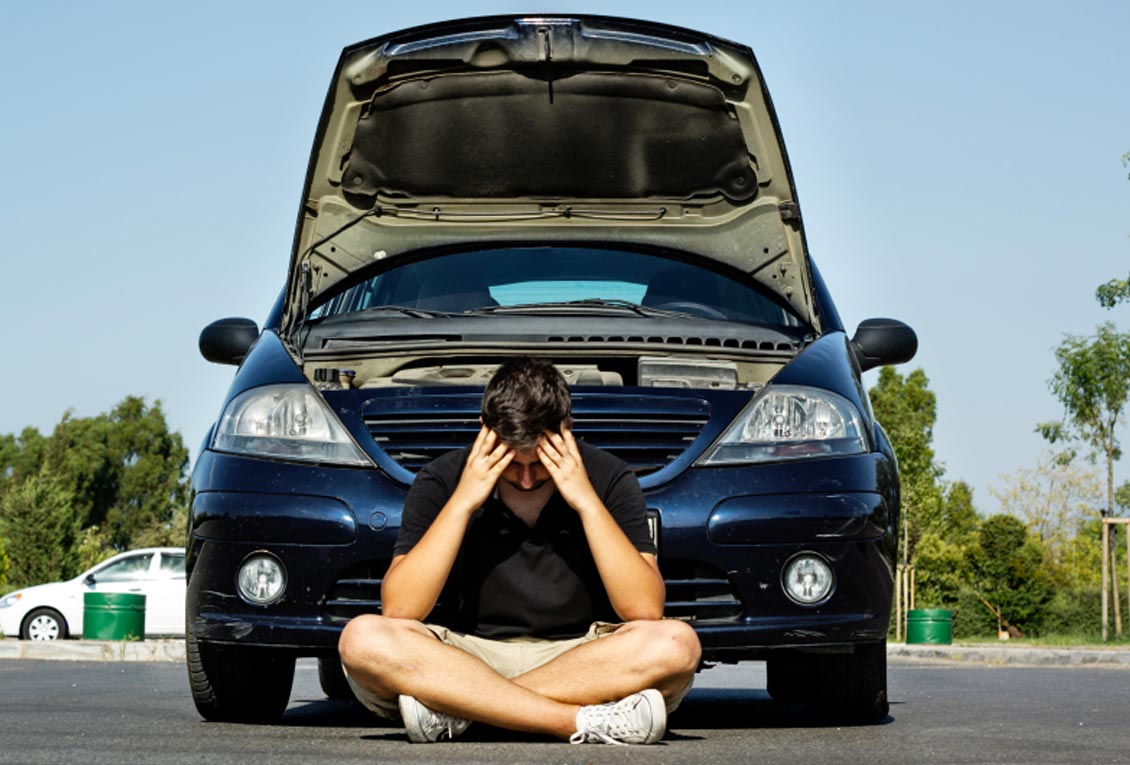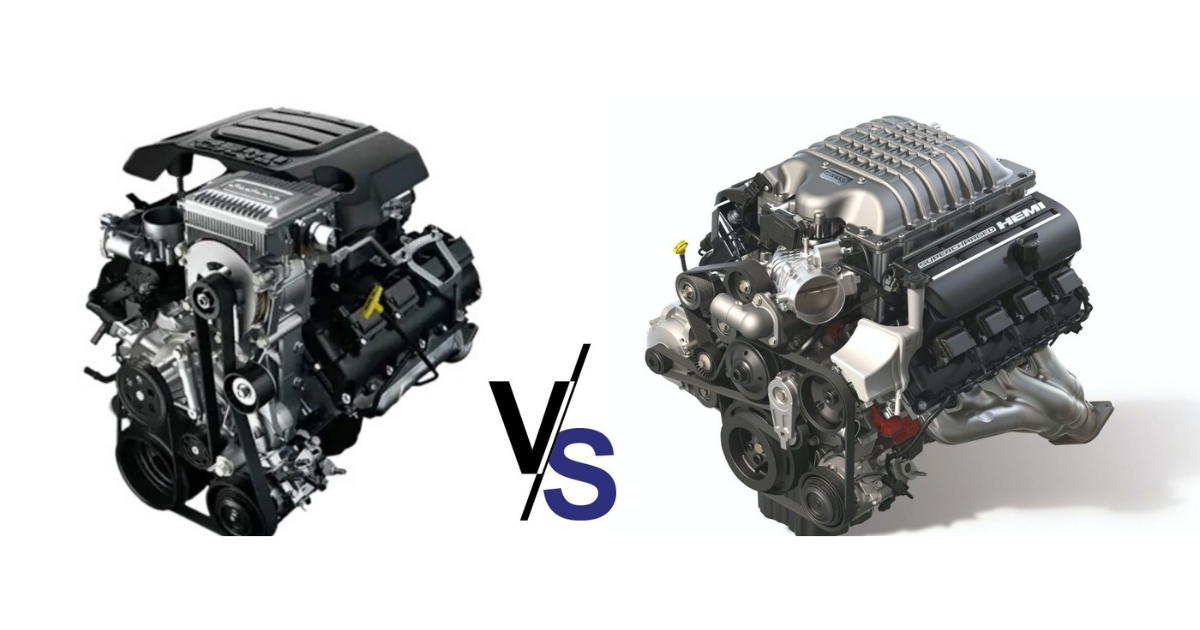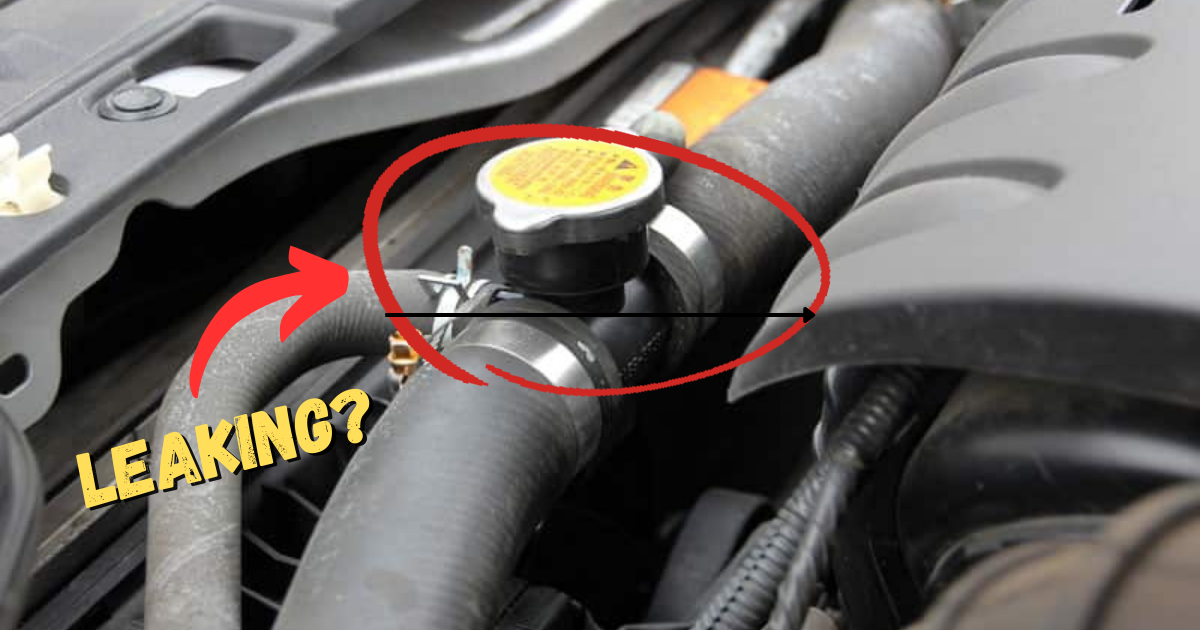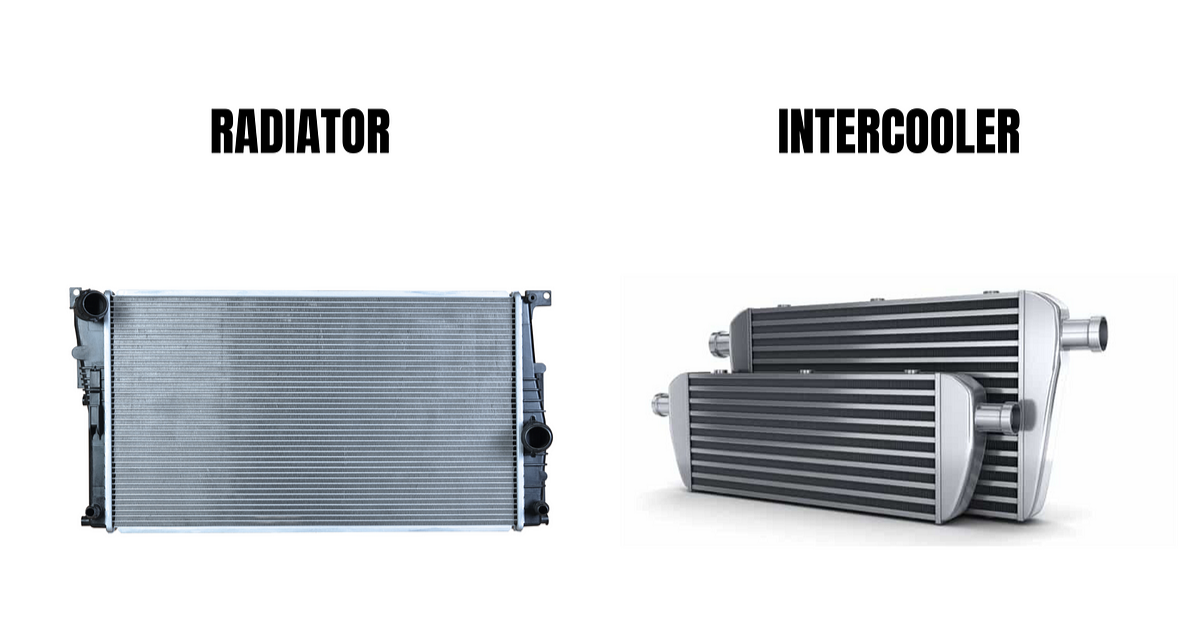An essential part of any engine’s cooling system is the radiator hose. It transfers water-cooled antifreeze from the radiator to the engine, where it keeps the engine from getting too hot and keeps it running at the ideal temperature. The lower radiator hose and the upper radiator hose are two parts of a larger system that helps move water to and from the radiator.
What are the signs of a bad radiator hose?

There aren’t many warning signals that a radiator hose isn’t up to snuff.
Leaking coolant:
It’s likely that you have a coolant leak under your vehicle if you see fluid that is yellow, green, blue, or purple in color. Car antifreeze is scented with a pleasant aroma; you might attempt to sniff it. Any number of radiator components, including the petcock, the radiator itself, or a blown hose, could be the source of the fluid.
There are a lot of potential reasons for an antifreeze leak, so you’ll need to perform some diagnosing or call in the pros to help you figure it out. Assuming the radiator hose is the problem, fixing it is easy enough that you won’t need anyone’s help.
Low coolant:
If you notice that you have to refill your antifreeze frequently or if a dashboard temperature indication light comes on, it’s likely that there is a coolant leak, possibly from the radiator hose. It is common to observe this type of antifreeze leak beneath a parked car.
Because coolant can run out before you reach your destination if it’s low, checking the level before hitting the road is a must. Overheating, stalling, blown head gaskets, and, worst case scenario, engine failure are all possible outcomes of this.
Engine Overheating:
Overheating is a warning sign of an issue with the cooling system, since the engine of the vehicle should operate at a normal operating temperature. Because of the constant exposure to high pressure, radiator hoses eventually break and leak, therefore they could be to blame. Will the radiator overheat if the hose is defective? You should not ignore the possibility that your engine is overheating because of a poorly fitting radiator hose. The engine can die if you do nothing about the overheat.
Broken radiator hose:
Several things can cause a radiator hose to rupture. Inspecting the hose for swelling, coolant leaks, cracks, softness, or collapse is important for automobile enthusiasts or do-it-yourselfers. All of these things point to the radiator hose being long since replaced. Additionally, it need replacement. Nobody wants to deal with a ruptured radiator hose on a deserted road, but that’s exactly what might happen if a radiator hose breaks.
Collapsed radiator hose:
A hose that has shrunk or fallen is called a collapsed hose. A sudden reduction in the diameter of your radiator hose indicates a cooling system issue. One of the most prevalent signs of a faulty radiator cap is a hose that has collapsed. Either a weak or too-soft hose, or the radiator cap releasing system pressure, might cause the hose to collapse.
A collapsed hose prevents antifreeze from passing through adequately, leading to engine overheating, thus it’s important to inspect and repair it as soon as you find it.
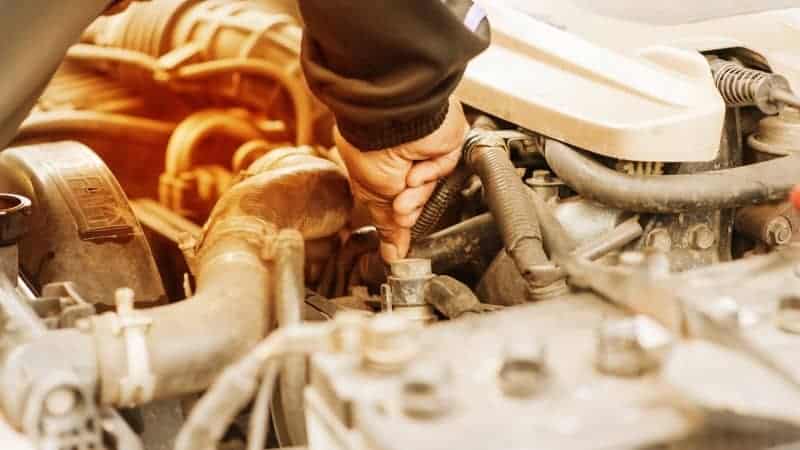
Conclusion
As soon as you observe any of the following signs of a faulty radiator hose: engine overheating, low coolant, collapsed hose, low coolant level, or coolant leaks: quickly repair the hose. Find out who’s to blame by taking a look, or get in touch with a skilled mechanic to fix the faulty radiator hose.


